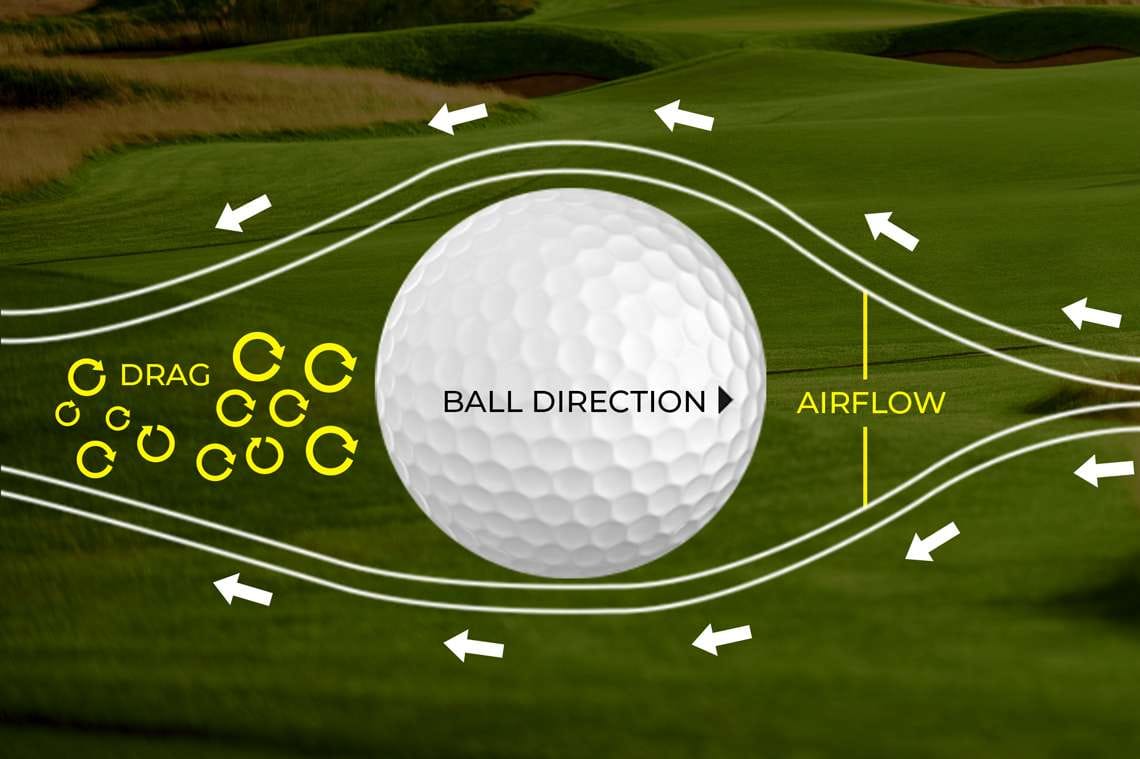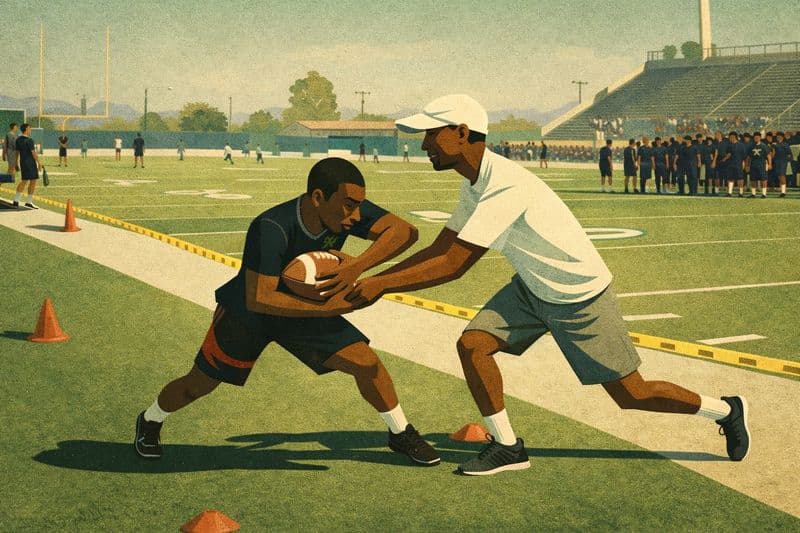
Introduction
Ah, the age-old question that's vexed golfers for generations - why in the world do golf balls have those little dimples all over them?
You see, the humble golf ball has come a long way since the smooth, feather-filled orbs of yesteryear. Back in the day, those pristine, unblemished balls would soar through the air for a bit before quickly plummeting back down to earth. But then some crafty golfers noticed an interesting phenomenon - balls with nicks, scrapes, and the odd dimple or two seemed to fly farther and straighter than their virginal counterparts.
As legendary golfer Jack Nicklaus once said, "Dimples are to a golf ball what fingers are to a human hand - they make it go." Little did these early pioneers know, they were uncovering one of the fundamental principles of aerodynamics!
The Science of Dimples
To understand how this works, we need to talk a bit about airflow. As the ball rushes through the air, it creates a thin boundary layer of air that clings to the ball's surface. This boundary layer can do one of two things - it can follow the ball's surface closely (creating a smooth flow), or it can detach from the surface, creating a large wake and increasing drag.
"The dimples on a golf ball create a thin turbulent boundary layer of air that clings to the ball's surface. This allows the smoothly flowing air to follow the ball's surface a little farther around the back side of the ball, thereby reducing the size of the wake," explains Dr. Eric Dickson, a professor of mechanical engineering.
The dimples on a golf ball disrupt this boundary layer, triggering the air to flow in a more turbulent manner. This turbulent flow acts to delay the separation of the boundary layer, allowing the smoothly flowing air to follow the ball's surface a little farther around the back side of the ball. The result? A smaller wake, less drag, and more distance.
Benefits of Dimples
So what are the real-world benefits of these dimpled darlings? Well, research has shown that a dimpled golf ball can travel nearly twice as far as a smooth one. As golf legend Gary Player once said, "The most important shot in golf is the next one."
But it's not just about distance - dimples also help generate lift, allowing the ball to climb higher and hold its line better. This translates to improved accuracy, particularly on shots where you need to fight against wind or other tricky conditions.
"Dimples are the secret to the golf ball's aerodynamic performance," remarks Dr. Robert Cotter, a leading golf ball physicist. "They reduce drag and create the optimal lift that allows golfers to send the ball soaring through the air."
Playing with a Non-Dimpled Ball
While dimpled golf balls are the industry standard, there are still some golfers who prefer to use smooth, non-dimpled balls. This can be for a variety of reasons - perhaps they're looking for a softer feel, or they want to experiment with unique shot-shaping techniques.
However, playing with a smooth ball does come with some significant drawbacks. Without the aerodynamic benefits of dimples, the ball will experience much more drag, resulting in significantly shorter distances off the tee and less control on approach shots. As golf pro Annika Sorenstam notes, "The dimples are what allow the ball to stay in the air longer and go farther."
So while using a smooth ball can be an interesting challenge, most golfers will find that it's simply not worth the trade-off in performance. Embrace the power of dimples and let them work their magic for you on the course!

Dimple Design Variations
Of course, not all dimples are created equal. Golf ball manufacturers are constantly experimenting with different dimple patterns, depths, and counts to optimize performance. The typical range is around 300-500 dimples, with shallower dimples often used for slower swing speeds and deeper ones for faster swings.
The shape of the dimples matters too - some are more spherical, while others have a hexagonal design. And while we're on the topic of shape, did you know that Titleist once released a golf ball with icosahedron dimples? Talk about thinking outside the box!
Choosing the Right Ball
So what does all this mean for the average golfer? Well, when you're picking out your next sleeve of balls, pay attention to the dimple designs. Balls with more and/or deeper dimples can be great for players with higher swing speeds who want to maximize distance. But if you have a slower swing, look for a ball with shallow, densely packed dimples - they'll help you get more lift and control.
As golf pro Rory McIlroy says, "The ball is the engine of golf." By understanding how dimples work, you can choose the right ball to optimize your performance and take your game to new heights.
Ready to put this knowledge into practice? Find a golf coach near you and let them guide you through the fascinating world of dimpled golf balls and beyond!



